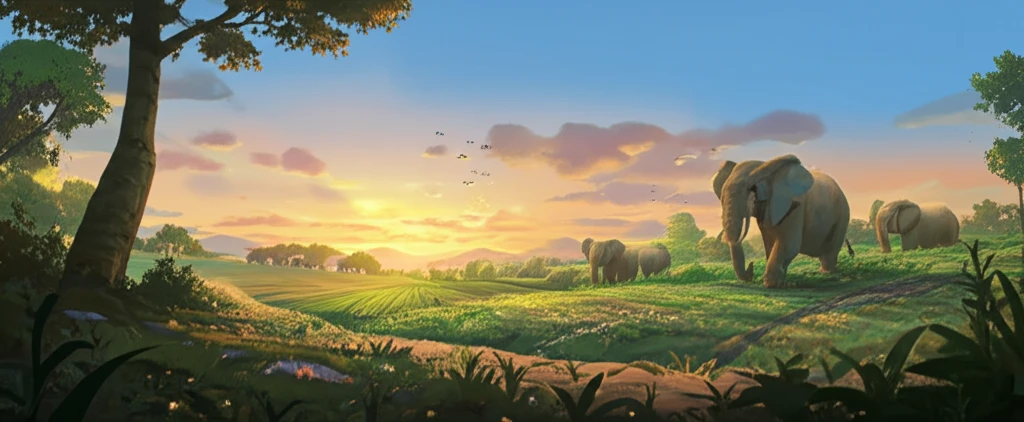
Elephant-Human Conflict: Why Saving Wildlife Means Supporting Communities
"New research reveals surprising insights into elephant behavior and crop damage, offering a path towards coexistence and conservation in Botswana's Okavango Delta."
Across the globe, human activities are increasingly encroaching on natural habitats, leading to more frequent and intense interactions between people and wildlife. This often results in competition for resources, which can escalate into conflicts that threaten both biodiversity and the economic well-being of local communities.
One of the most pressing examples of this is the conflict between humans and elephants, particularly in agricultural areas where elephants can cause significant crop damage. This not only affects the livelihoods of farmers but also leads to retaliatory actions against elephants, further endangering their populations. Finding effective strategies to mitigate these conflicts is crucial for both conservation and community development.
In a recent study focusing on the eastern Okavango Panhandle in Botswana, researchers investigated the space-use patterns of elephants in relation to crop damage. Their findings offer valuable insights into how these conflicts can be better managed, highlighting the importance of understanding elephant behavior and implementing targeted conservation strategies.
Understanding Elephant Movement: More Than Just Location

The study, conducted by researchers from the University of Oxford and the Ecoexist Project, among others, examined data from 20 GPS-collared elephants in the Okavango Delta. The goal was to understand how elephants use the landscape during different times of the year, including dry, wet, and crop-damage seasons, and to determine whether elephant space-use could predict crop-damage incidents.
- Water is Key: Elephants consistently sought areas near waterholes, highlighting the importance of water availability in their habitat selection.
- Avoiding Humans: Elephants generally avoided agricultural fields, indicating a preference for minimizing interactions with human activities.
- Corridors Matter: Elephant corridors play a significant role, particularly during the crop-damage season, suggesting they use these routes to navigate the landscape while minimizing risk.
- Non-Linear Relationship: The study revealed a non-linear relationship between elephant space-use and crop damage, meaning that areas with high elephant activity are not always the most vulnerable to crop-raiding.
A Path Forward: Local Solutions and Collaborative Conservation
Based on these findings, the researchers recommend a shift towards localized strategies for reducing human-elephant conflict. This includes deterring elephants from accessing crops at the local scale and supporting farmers in implementing protective measures. Landscape-scale interventions, such as protecting elephant corridors and ensuring access to water resources away from agricultural areas, are also crucial.
